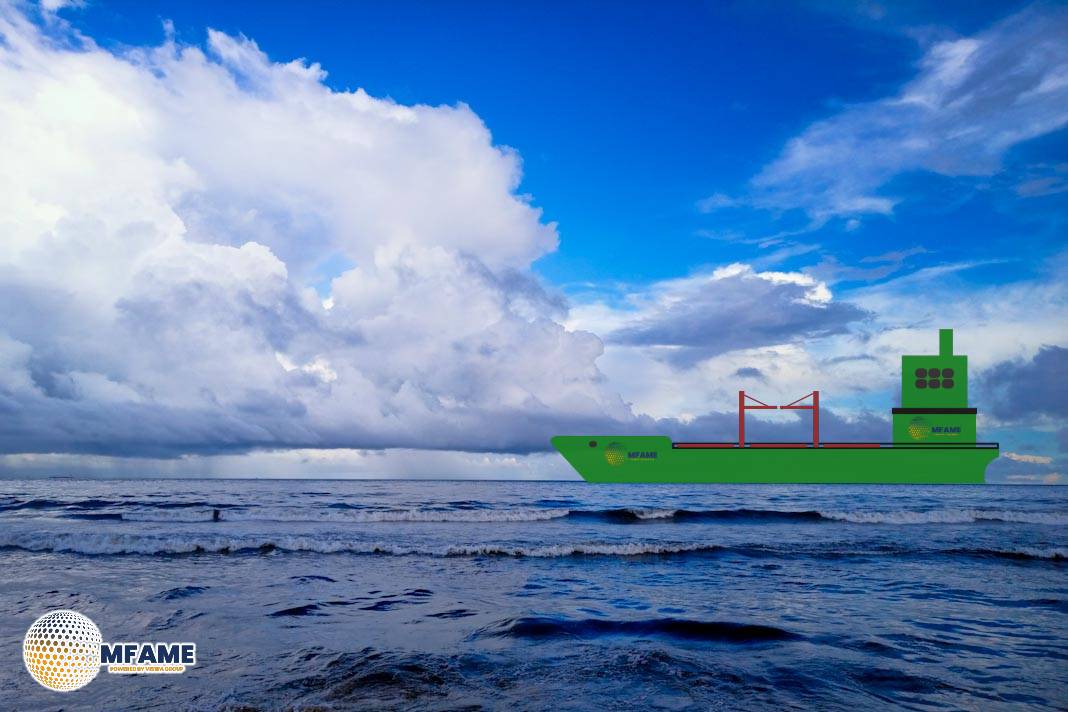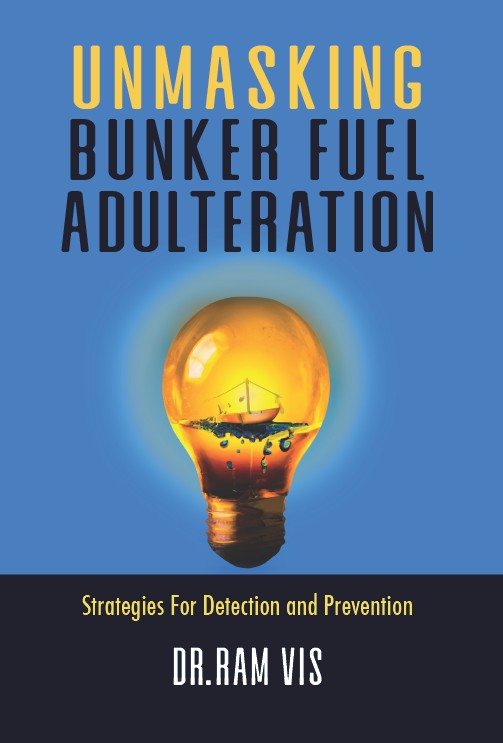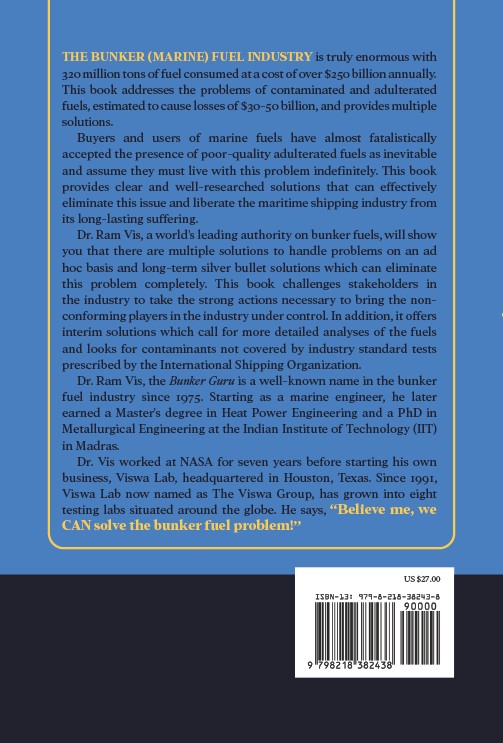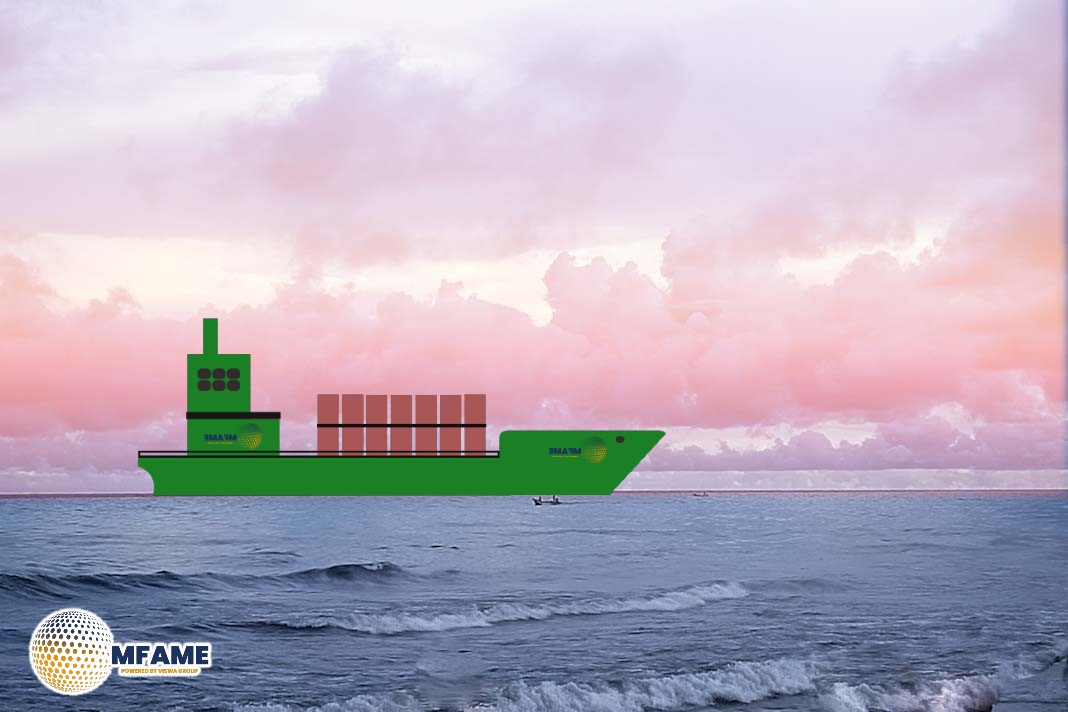 As the International Maritime Organization (IMO) prepares for crucial climate talks in London from March 31 to April 11, a new report by marine NGO Seas At Risk highlights wind-assisted propulsion as a cost-effective and scalable solution to reduce shipping emissions and fuel costs.
As the International Maritime Organization (IMO) prepares for crucial climate talks in London from March 31 to April 11, a new report by marine NGO Seas At Risk highlights wind-assisted propulsion as a cost-effective and scalable solution to reduce shipping emissions and fuel costs.
Key Findings of the ‘Wind First!’ Study
-
Retrofitting sails on large vessels can save up to $500,000 annually in fuel costs.
-
Wind-assisted propulsion can cut fuel consumption and carbon emissions by up to 12% per year.
-
Integrating wind propulsion across the global fleet could bridge the gap to the IMO’s 2030 target of 5% zero and near-zero emission energy uptake.
-
Reducing fuel dependency on emerging e-fuels allows the market to mature gradually, avoiding economic shocks.
IMO Climate Targets & Policy Proposals
The IMO has set ambitious goals to achieve zero emissions by 2050, with interim targets of:
-
30% emission reduction by 2030
-
80% reduction by 2040
-
5% adoption of zero/near-zero emission energy by 2030
To achieve these goals, Seas At Risk is calling for:
-
A $150 carbon levy to encourage cleaner fuels.
-
A Fuels Standard that rewards wind-assisted propulsion.
-
An improved energy efficiency framework (CII) to drive sustainable innovation.
Industry Experts Urge Immediate Action
Sian Prior, Shipping Policy Director at Seas At Risk, emphasized that wind propulsion is a proven, cost-effective, and scalable solution that can help the industry meet climate goals. With fuel costs expected to quadruple by 2040, wind propulsion provides a practical and economical alternative.
Anaïs Rios, Shipping Policy Officer, described wind-assisted propulsion as a “win-win-win” for businesses, global trade, and the environment, urging immediate IMO recognition of wind as a critical component of sustainable shipping.
Global Policies Needed for Industry-Wide Adoption
As governments negotiate climate measures, the IMO’s upcoming discussions will be pivotal in shaping market incentives for zero-emission technologies. Policies such as carbon pricing, fuel standards, and efficiency frameworks are essential to accelerate wind technology adoption and ensure a smoother transition to clean shipping.
With the clock ticking on climate action, the message is clear: Wind first. Wind now.
Did you subscribe to our daily Newsletter?
It’s Free Click here to Subscribe!
Source: SEAS AT RISK
















